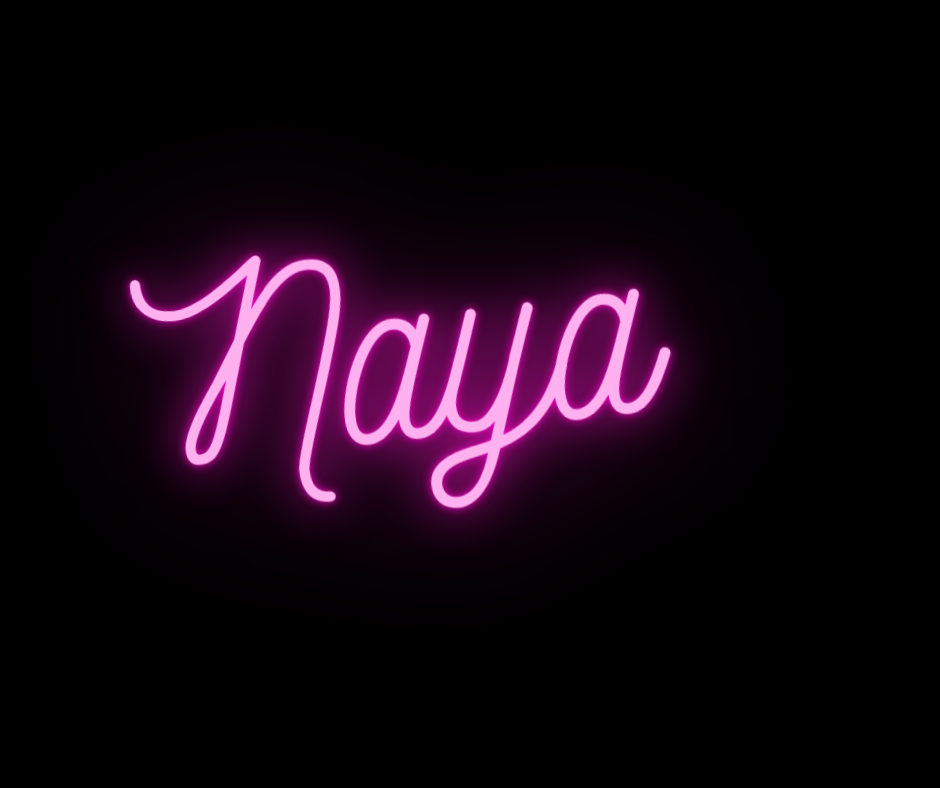The difference between demand generation and lead generation is simple but sometimes marketing professionals tend to mystify the process with confusing terms and lingo. Although they have similar traits, the outcomes and tactics behind each are different. Thus, having an understanding of both can help you to create a comprehensive marketing strategy.
What is Demand Generation?
Demand generation, or “demand gen” is the process of creating awareness and demand for your company’s product or service. Demand generation’s purpose is to bring new visitors to your website or business so you can introduce them to your company. The result is to build your target audience, establish trust, and get your visitors to show an urgent interest in your company. A few types of demand generation can include:
- Paid Ads
- Blog posts or articles
- Resource pages
- Infographics
- YouTube videos
- Social media posts
- Press releases
- Podcasts and interviews
- Case studies
Most of this content is “free” to your audience in order to convert them into new customers. At this stage, they shouldn’t have to provide contact information in order to access this content.
What is Lead Generation?
Lead generation, or “lead gen” for short, is the process of converting potential customers into qualified leads (ie. someone who has an interest in what you have to offer and has raised their hand to be contacted). In short, lead gen is a way to funnel-in buyers of your product down the
buyer journey. The result is to find qualified leads for your company so that they then be added to a nurturing process or for a salesperson to reach out. Lead gen typically involves asking for someone’s contact information in order for them to be contact.
What’s the Difference Between Lead Generation and Demand Generation?
Lead generation is a subset of demand generation. Demand generation is used to create awareness and attract buyers to your website, while lead generation is used to qualify those people into “sales qualified leads” and get them ready for the next step in your marketing or sales funnel or buying journey.
A simple way to understand the differences is to consider the different types of content each method uses. Demand generation uses free content (such as blog posts, articles, videos, etc.) to create awareness with your target audience. Lead generation content is typically “gated”, meaning a person has to provide their email and/or other contact information in order to receive that piece of content such as a demo or webinar.
What is Demand Generation?
Demand generation, or “demand gen” is the process of creating awareness and demand for your company’s product or service. Demand generation’s purpose is to bring new visitors to your website or business so you can introduce them to your company. The result is to build your target audience, establish trust, and get your visitors to show an urgent interest in your company. A few types of demand generation can include:
- Paid Ads
- Blog posts or articles
- Resource pages
- Infographics
- YouTube videos
- Social media posts
- Press releases
- Podcasts and interviews
- Case studies
Most of this content is “free” to your audience in order to convert them into new customers. At this stage, they shouldn’t have to provide contact information in order to access this content.
What is Lead Generation?
Lead generation, or “lead gen” for short, is the process of converting potential customers into qualified leads (ie. someone who has an interest in what you have to offer and has raised their hand to be contacted). In short, lead gen is a way to funnel-in buyers of your product down the
buyer journey. The result is to find qualified leads for your company so that they then be added to a nurturing process or for a salesperson to reach out. Lead gen typically involves asking for someone’s contact information in order for them to be contact.
What’s the Difference Between Lead Generation and Demand Generation?
Lead generation is a subset of demand generation. Demand generation is used to create awareness and attract buyers to your website, while lead generation is used to qualify those people into “sales qualified leads” and get them ready for the next step in your marketing or sales funnel or buying journey.
A simple way to understand the differences is to consider the different types of content each method uses. Demand generation uses free content (such as blog posts, articles, videos, etc.) to create awareness with your target audience. Lead generation content is typically “gated”, meaning a person has to provide their email and/or other contact information in order to receive that piece of content such as a demo or webinar.
This will allow your sales team and marketing efforts to continue the relationship and guide that person towards a purchase. Both lead gen and demand gen should be used effectively within your overall marketing strategy.


